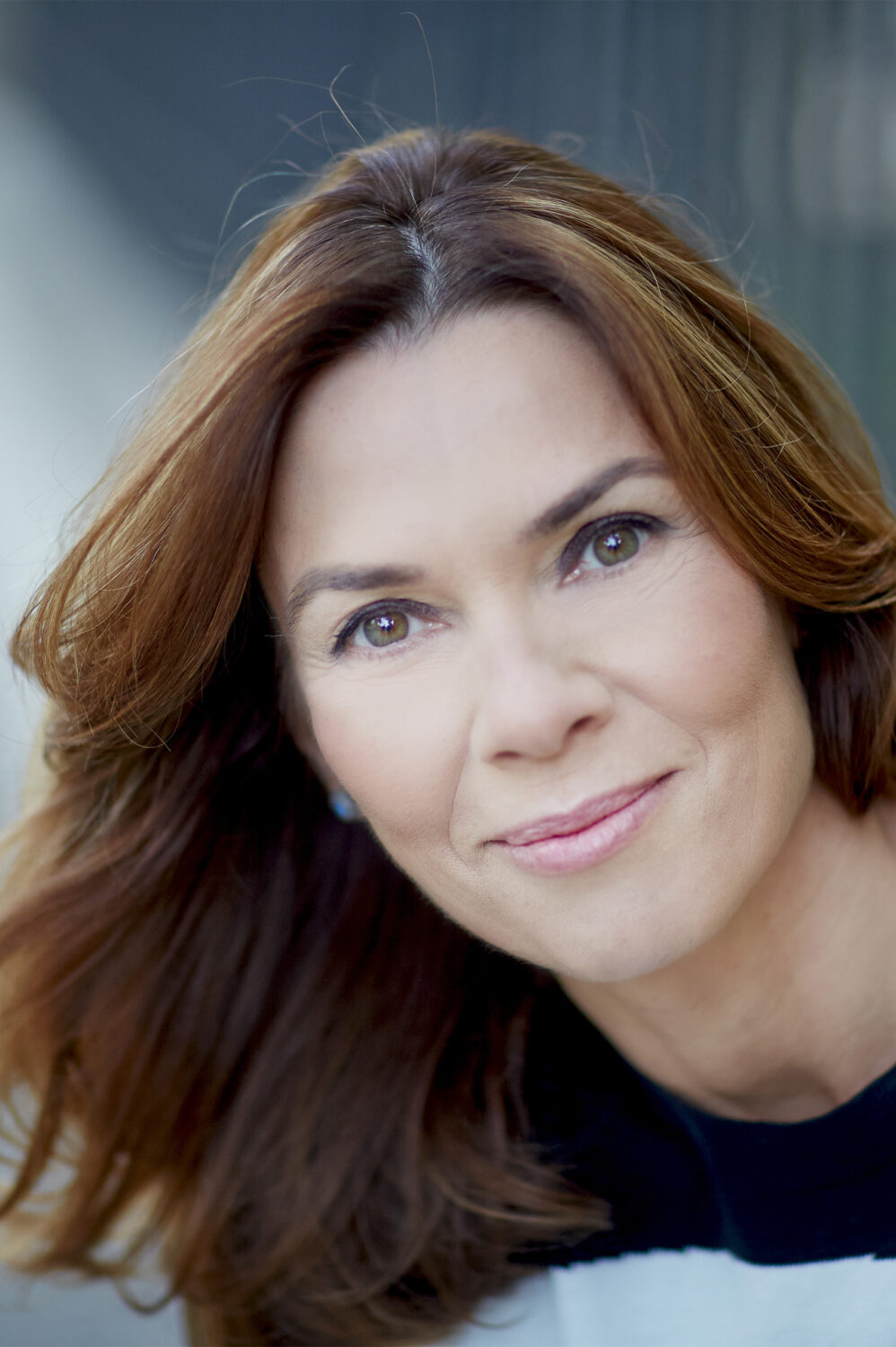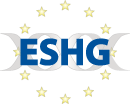Magdalena Zernicka-Goetz is Bren Professor of Biology and Biological Engineering at Caltech, Pasadena, USA and Professor of Mammalian Development and Stem Cells at the University of Cambridge. She will be giving the ESHG Award Lecture on Saturday June 10 at 14.15hrs.
Magdalena Zernicka-Goetz spent the first few years of her life living in a research institute. “My father was a neuroscientist in a Polish Academy of Sciences Institute in Warsaw. My family had lost everything, including their home, during the Second World War, so there was no money to buy an apartment. I grew up surrounded by people in white lab coats doing experiments.”
At that time she found her unusual living conditions to be totally normal, as she’d never known anything else. “I was brought up partly by my father’s colleagues and students, and even when we eventually moved into a normal apartment, we continued to have many scientists visit and stay with us. It might therefore have been expected for me to develop an interest in science, but in fact at first my passions were art and theatre. Art in the communist regime had a second meaning; it was a form of expressing freedom, a way to escape. Each of my paintings was conceived by an impact of the moment, to calm my heart, settle my imagination, and the stories just evolve while I am creating them. Many of our experiments evolve in the same way – not only through our logic, but also through intuition.”
“In my mind, science and art are not totally apart, one from the other. As a scientist you must always be precise, logical, but also vulnerable and so honest in order to design experiments, truly see unexpected results and respond to them. Vulnerability is where the truth lies, which is also critical for art,” she says. “I also spent a large part of my youth on the tennis court and in tennis competitions. It helped me to build resilience and ability to focus on the moment, as in tennis it is important to focus on each ball as it comes, rather than on planning to win the whole match. “
Her interest in science came much later. “It was a hard choice, but finally I decided to study biology and carry out my PhD work on early mammalian development. I embraced genetic approaches to understand how the embryo is built, to understand how it is possible to generate such a diversity of cell types starting from a single cell and within a very specific time window. This very beginning of our lives, the creation process per se, is what has always interested me most. “
After obtaining her PhD, Magdalena left Poland to become an EMBO post-doctoral fellow in the Wellcome Trust/Cancer Research UK Institute (now the Gurdon Institute) in Cambridge, where she started her own group in 1997 as a Senior Research Fellow of the Lister Institute and then a Senior Research Fellow of the Wellcome Trust. She became a Cambridge University professor in 2010. In 2019 she moved to establish her group at Caltech. “It was hard to leave Poland and my family and friends to start a new life in Britain, and now it is equally hard to leave Britain to start a new life in California, as I feel as British as I feel Polish by now. And it is Britain that invested in my development as a scientist. This is the main reason why I still have my lab in Cambridge too.”
She is often asked how she manages to be daring and pioneering in new directions and still remain so productive, even now whilst managing labs on two different continents with an eight-hour time difference. “I feel most excited when we try to break into a new world for the first time, and we enter places that we don’t understand and where we can’t predict the outcome. There is fear, but also excitement. My parents, teachers, and, indeed, my husband say that I behave as if I have fire in the belly; I have an incredible drive to explore; to take risks and look deeper, and facing something I can’t understand can be exhausting for me and sometimes for others around me. It could be a combination of my Polish and Jewish roots and difficult upbringing, that drives me to think about my life as an unusual gift granted for a limited time.”
Interaction and mentoring are very important to her. “It is such a privilege to guide students and post-docs along new paths. The act of discovery itself is so amazing. I think that our most striking discoveries resulted from establishing a technique for studying human embryos at stages that were previously entirely inaccessible, and in building complete mammalian embryo models by combining three distinct stem cell types representing the pluripotent epiblast and two extra-embryonic tissues.”
Outside science she loves the theatre. “We go as often as possible, both in London and Los Angeles. Both of our children are artistic. Our daughter’s poems melt my heart, and our son expresses himself by paining portraits (with the most vulnerable eyes).”
She will tell the conference about her fascination with what she calls the dance of life – how a fertilised egg, the foundation stone of biological form, progresses into the trillions of cells that make up an individual human being. “I will be talking about what I think is our group’s biggest breakthrough in understanding – the progression of that dance; the many steps that we learned to take to be able to build embryo-like structures with the potential to develop progenitors of the brain and spinal cord and with beating hearts by combining together embryonic and extra-embryonic stem cells.”



